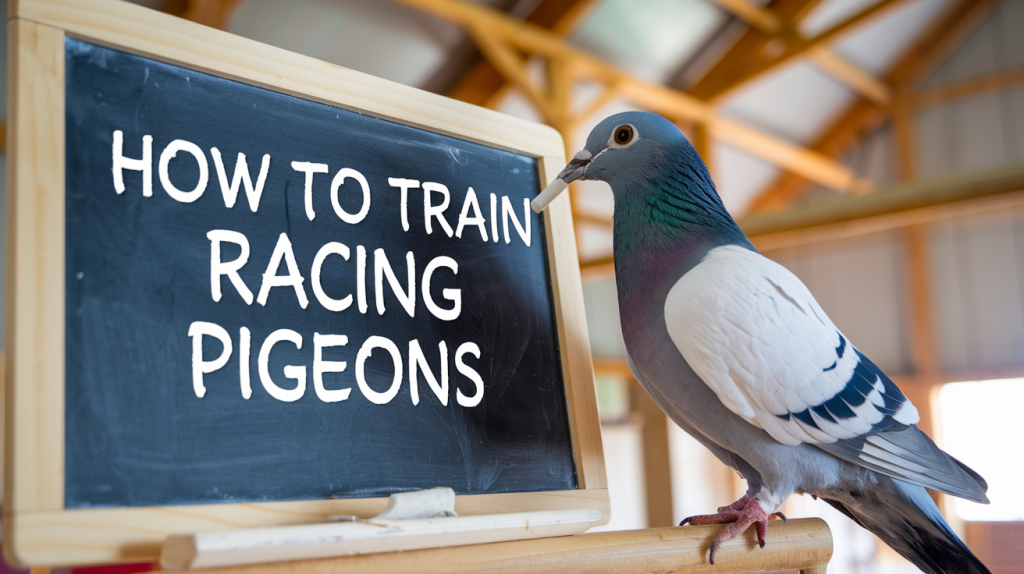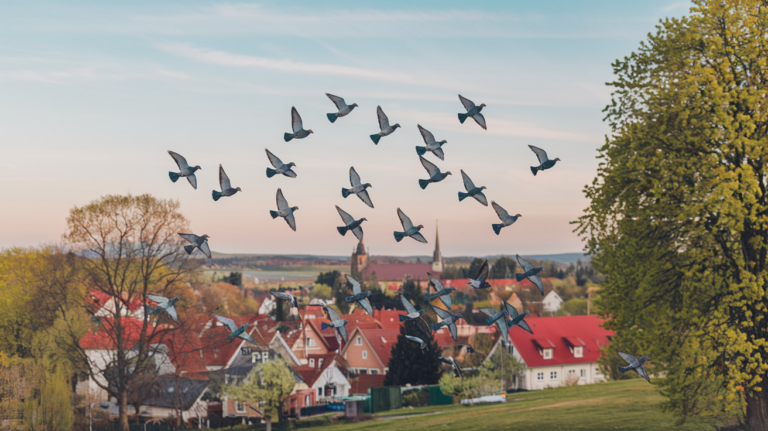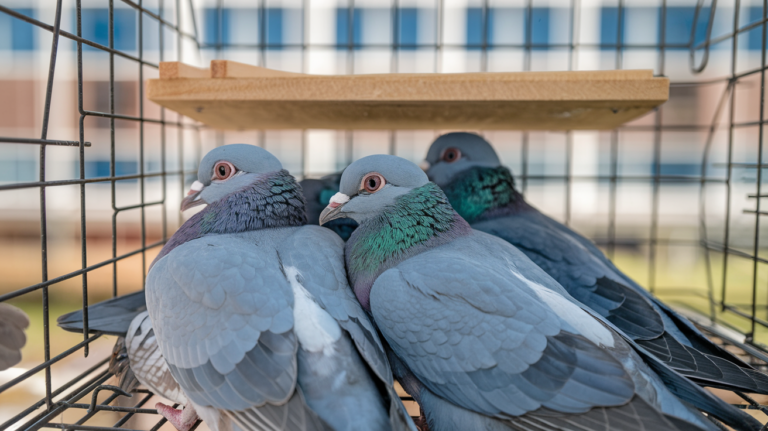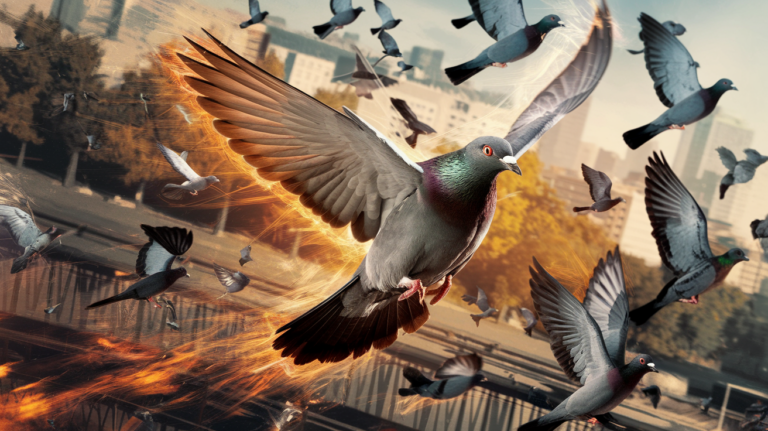
If young racing pigeons aren’t actively engaged in a structured training program—what we’ll call “racing pigeon school”—then they are essentially growing up in a wild environment, even if they live in a loft. Just like any animal, pigeons are born with instinctual behaviors shaped by their genetic code. However, these natural instincts often don’t align with the structured world of pigeon racing.
In the wild, pigeons rely on fear for survival. They’re naturally cautious, timid, and wary of anything unfamiliar—including humans. If left untrained, even domesticated pigeons will default to their natural tendencies. That’s why fanciers must take an active role in shaping their birds’ psychological development from the very beginning.
Why Racing Pigeon Training Must Start Early
From the moment young pigeons hatch and open their eyes, they should begin experiencing consistent human interaction. Without this early exposure, they will grow up responding solely to their natural instincts rather than learning the behaviors necessary for successful racing.
Training homing pigeons for competitive racing is not something they instinctively understand—it’s a learned skill. A pigeon isn’t born knowing how to race, return home, or trust its handler. In fact, the most successful racing pigeons are those that learn to replace fear with trust. While wild pigeons see fear as a survival tool, champion racing pigeons thrive by building trust with their fanciers.
What Is “Racing Pigeon School?”
The goal of racing pigeon school is to replace fear with confidence and trust. This daily training routine helps young birds develop the habits and skills they need to succeed in competitive racing.
Here’s how to start:
- Early Handling – From the time they hatch, pigeons should be gently handled to get accustomed to human touch, scent, and voice.
- Feeding Routine – Introduce a feeding signal (such as a whistle or verbal cue) so they associate it with mealtime. Just like a ranch cook ringing a bell for dinner, pigeons should learn to come when called.
- Consistent Interaction – Fanciers should engage with their pigeons daily to reinforce trust and positive behavior.
- Repetition and Routine – Pigeons learn best through consistency. A structured daily routine eliminates unpredictability and builds confidence.
The Mistake Many Fanciers Make
Some fanciers don’t actively train their pigeons until key milestones, such as banding, weaning, or just before the start of the race season. This reactive approach can lead to difficulties in getting birds to trust their handlers or perform optimally.
Racing Pigeons are much smarter than many realize. They observe, learn, and remember experiences—both positive and negative. One bad experience can undo weeks of progress, reinforcing their natural fear. That’s why training should be proactive, not something left until the last minute.
Start Training Today
If you have young birds in your loft, now is the time to start their education. Don’t wait until they’re weaned to introduce handling, feeding cues, and interaction. By the time a pigeon is weaned, it should already:
- Recognize its handler
- Respond to feeding signals
- Feel comfortable being touched
- Understand basic expectations
Training racing pigeons is about more than just teaching them to fly home. It’s about developing trust, reinforcing positive behaviors, and setting them up for long-term success. The sooner they start their “schooling,” the better their chances of becoming confident and capable racing champions.






